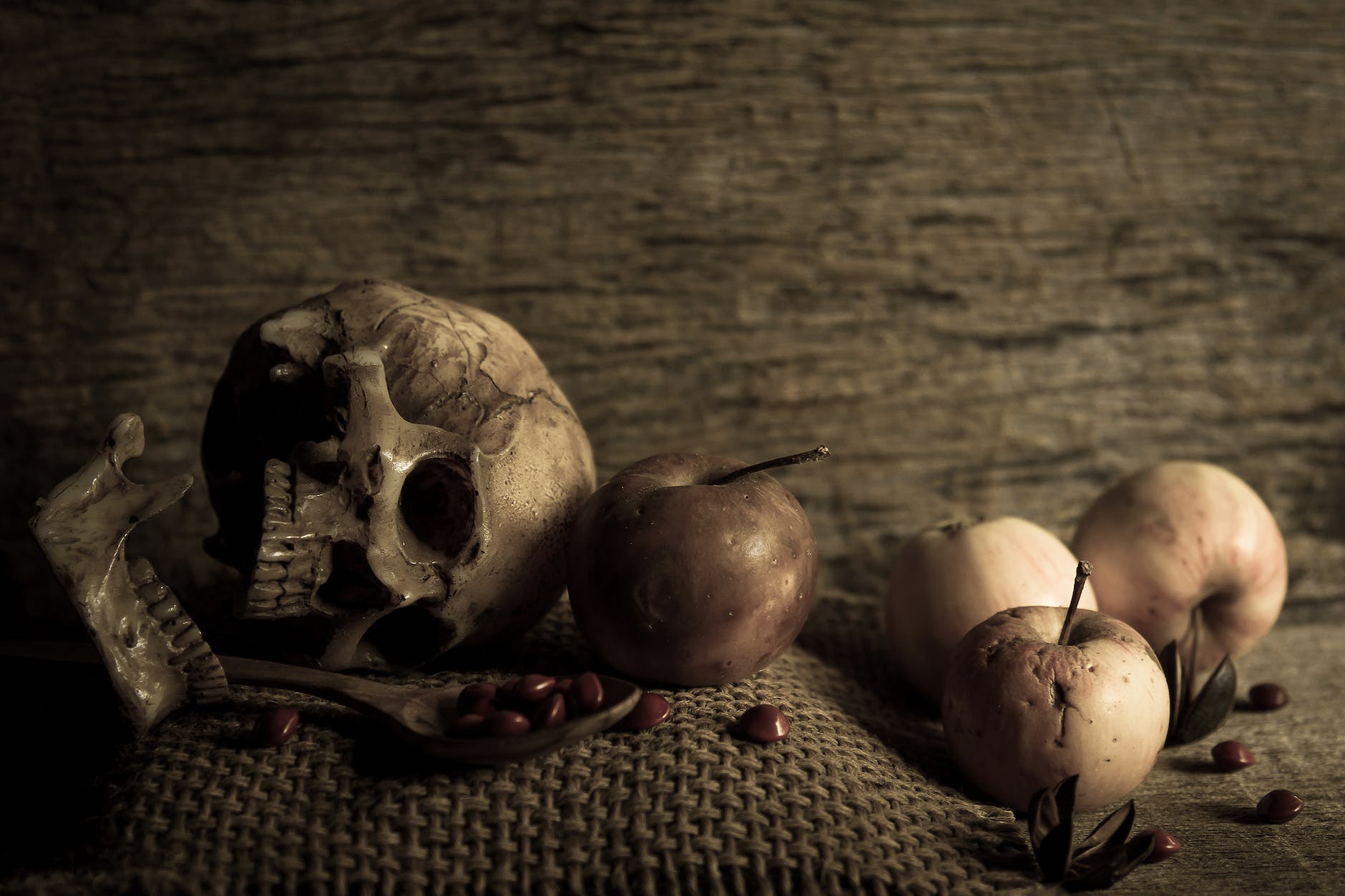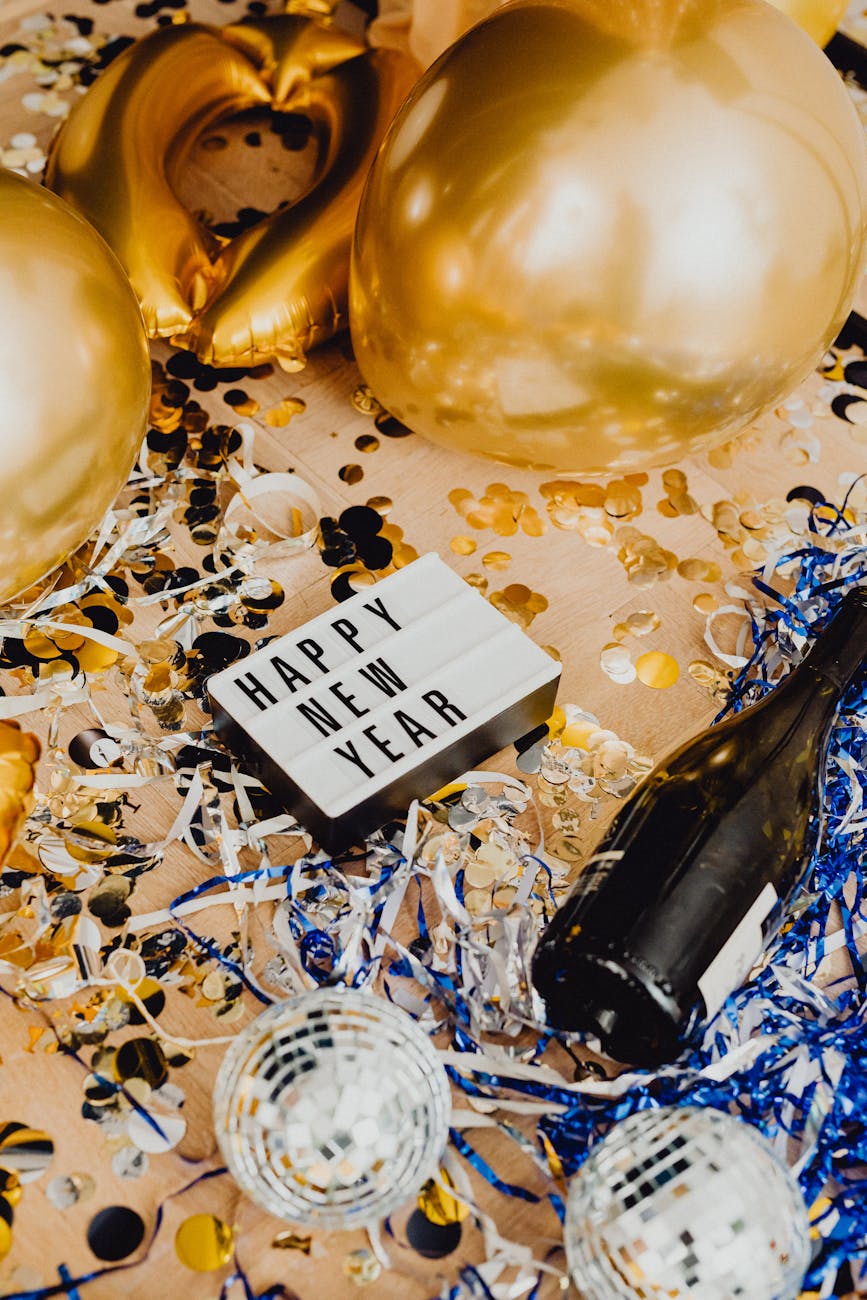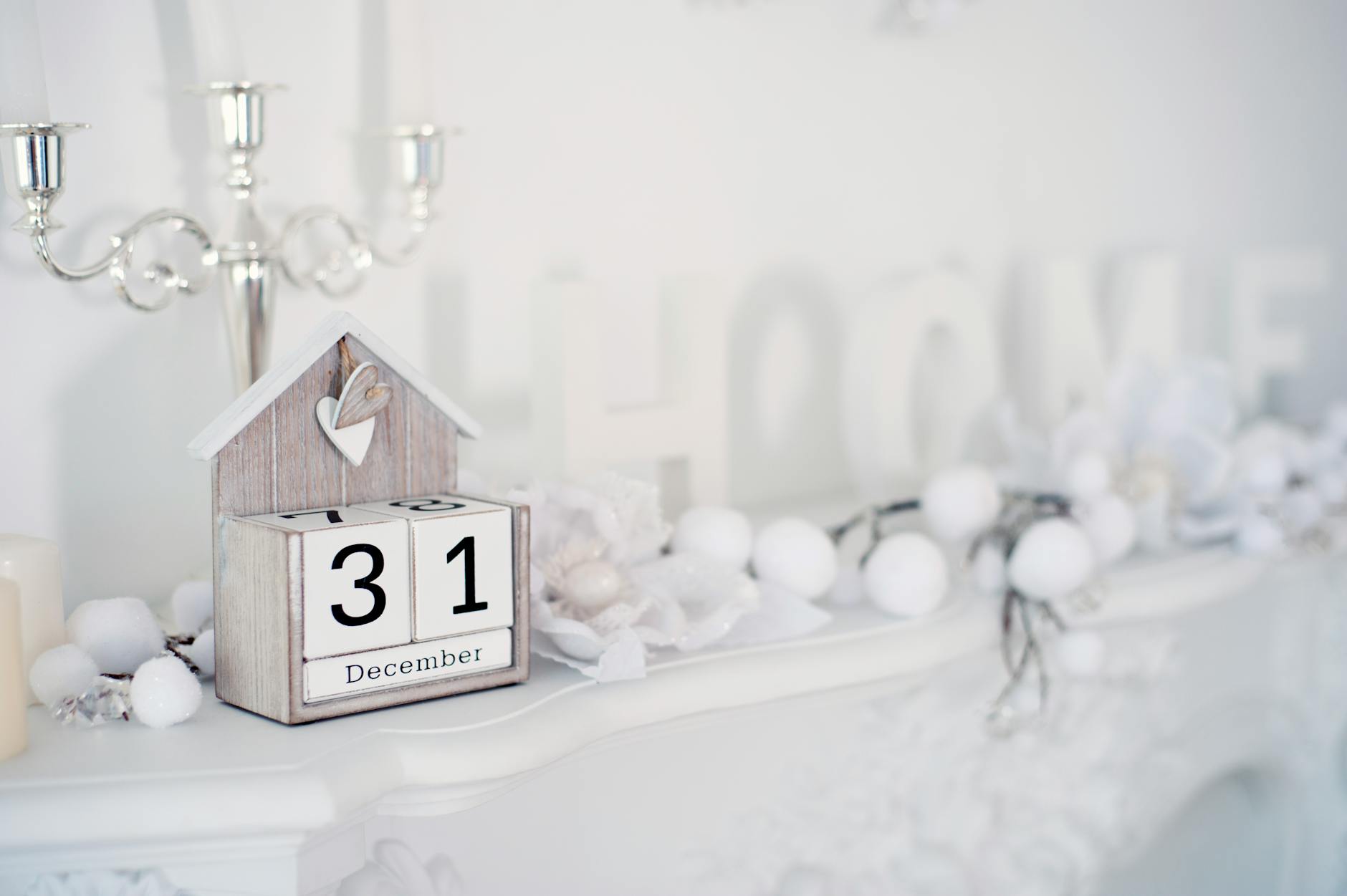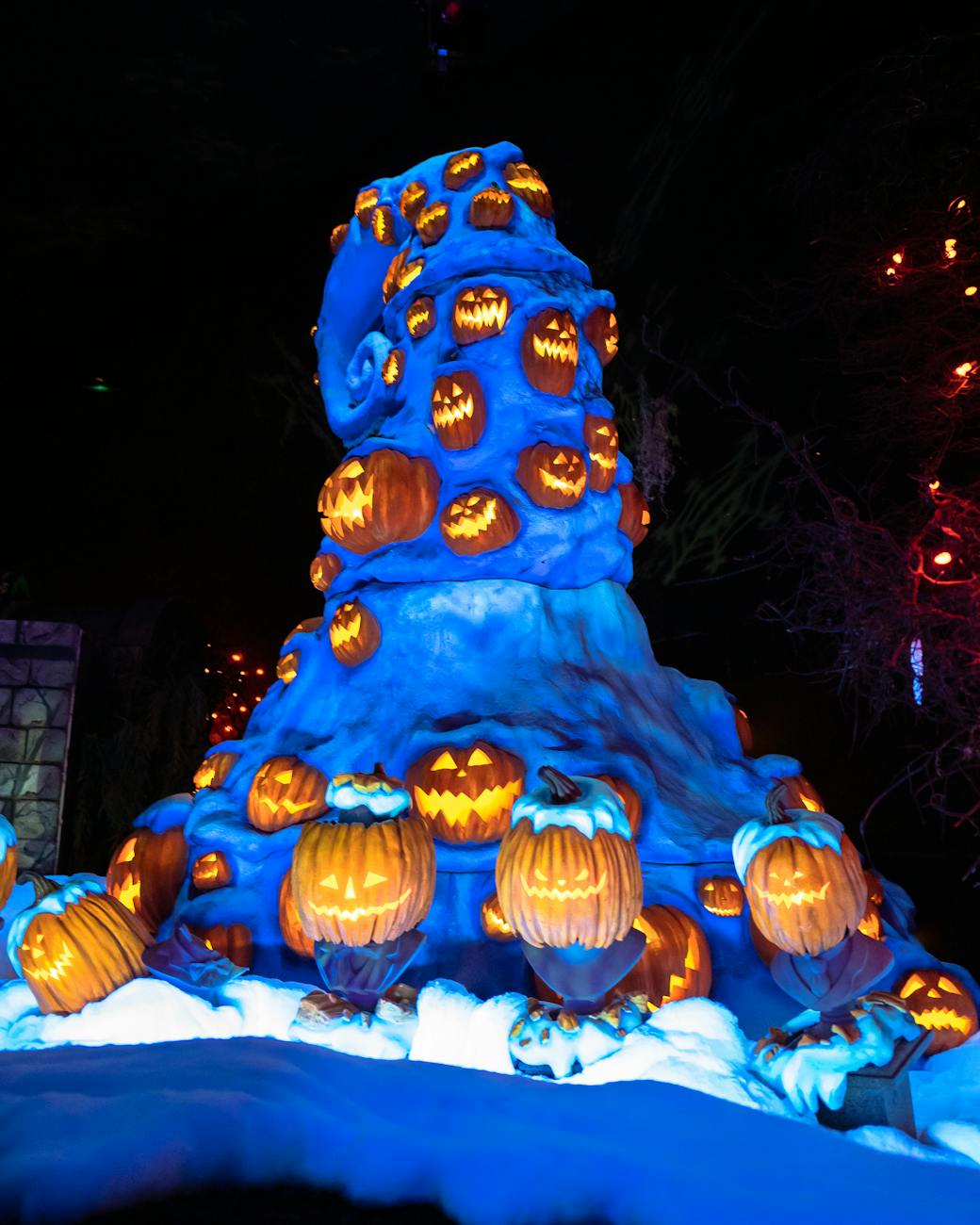Film is art, and horror is a genre of film. That means horror is also art, and horror can be beautiful. Horror is beautiful. We’ve compiled a list of some of the most aesthetically-pleasing horror films. Feast your eyes on the terrible aesthetics of horror!
Hagazussa (2017)
The tale of a woman labeled a witch by her neighboring townsfolk, Hazagussa (which means “witch” in Old High German) brings us to the idyllic 15th-century Alps, where snowy mountaintops blanket the ground with a cold comforter and springtime flowers sprinkle the countryside with lovely hues of April and May. But nestled within those picturesque landscapes are things of horror… only made beautiful. Bones and blood lie right next to flowers and forest animals. Main character Albrun hallucinates and we see what could possibly be an inspiration for the hallucinations in Midsommar. It’s all a fever dream of seemingly soft and poetic backgrounds playing out to the tune of a witch hunt.
November (2017)
What Hagazussa does in color, November does in black and white. Take a small village and add a legendary creature called a “kratt” and you’ve got yourself a tale of love and loss. But it’s not just the setting that is nice to look at, it’s a short part of the story where a kratt made of snow recounts a millennia of feelings, thousands of years of life. Sometimes beauty isn’t just a pretty thing, it’s words.
It Follows (2014)
I feel like It Follows is the embodiment of the word “aesthetic.” In no certain time period, a girl and her friends try to escape an evil being that never stops coming after her, the only way to do so being through sexual means (and even then, it can always come back). What I like about this is that you can see many different decades all coming together into one style that really is the perfect representation of today’s style — that is, merging the vintage and modern with effortless ease. The earthy browns and fabrics of the 70s pairs well with an 80s-style shell accessory that happens to be a modern e-reader. Little things like that make It Follows it’s own “-core” on Pinterest.
Sleepy Hollow (1999)
And no media aesthetic look is more pronounced and well-known than those of Tim Burton. Sure, we have Edward Scissorhands and The Nightmare Before Christmas, but Sleepy Hollow is a sleeper cell in the aesthetic world. A Tim Burton animated film come to life, Sleepy Hollow gives us Ichabod Crane and The Headless Horseman in a world that is permanently Halloween. Dead, writhing trees and crooked, timbered houses wait in the foreground while a sky of wintery gray and November 1st orange encompasses the entire sky. And then there’s the turn of the (18th) century attire?! *chef’s kiss*
Over Your Dead Body (2014)
I am a lover of Japanese horror, one of the biggest reasons being the amount of stage presence there is — literally. Like Kwaidan and Onibaba before it, Over Your Dead Body takes those studio sound stage sets and makes a literal stage to view on film. A couple acting in a stage performance are entwined in a haunting that makes the play all too real. Seeing a rotating stage time travel between seasons in a Japanese feudal tale is absolutely eye-catching. Japanese maples, powdered snow, and kimonos. I couldn’t ask for more.
Suspiria (2018)
Where the original Suspiria (1977) thrived on bold, almost screaming color, the 2018 remake focused on the drab beiges and browns of Cold War Berlin. A genius move, I think. Somehow, the coloring is just as loud as the original and fits the story of a dancer wanting to join a mysterious magical dance troupe. Just when you’ve had enough of the “sad beige” aesthetic, we’re hit with brilliant red, signifying something big is coming.
What are some of your favorite frights to see? Let us know in the comments!











